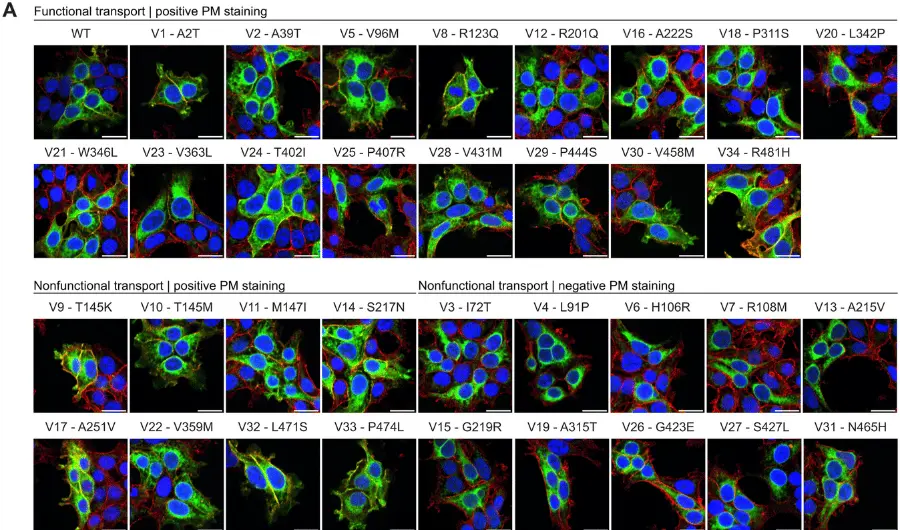Seizures in Protracted CLN3 Disease Start Later, Delaying Diagnosis: Study
May 24, 2023
Article published by Batten Disease
In rare cases, people with juvenile Batten disease may go years or even decades without developing seizures after the onset of vision problems, a new study highlights.
Findings suggest that diagnostic delays are common for this rare form of the disease, so researchers urge clinicians to consider it as a potential diagnosis for patients who develop vision problems in childhood and seizures in adolescence or adulthood.
The study, “Recognition and epileptology of protracted CLN3 disease,” was published in Epilepsia.
The most common form of Batten disease, juvenile Batten is a rapidly progressive disease caused by mutations in the CLN3 gene. Also called CLN3 disease, it is characterized by symptoms such as vision loss during childhood and seizures that typically start two to four years thereafter.
Early in the disease course, patients also develop neurological problems, such as cognitive impairments and movement issues, which progress rapidly. Most do not live beyond age 20.
In rarer cases, however, “seizures and other neurological manifestations do not typically develop until the third decade of life or later,” the researchers wrote, adding that the life expectancy of this milder form, referred to as protracted CLN3 disease, “is longer than that of classic CLN3 disease.”
To date, only a few dozen cases of protracted CLN3 disease have been documented.
Now, scientists in Australia have described the clinical and genetic features of 10 people (five men and five women) with protracted CLN3 disease. Patients were part of six unrelated families; there were three pairs of siblings and one pair of twins.







